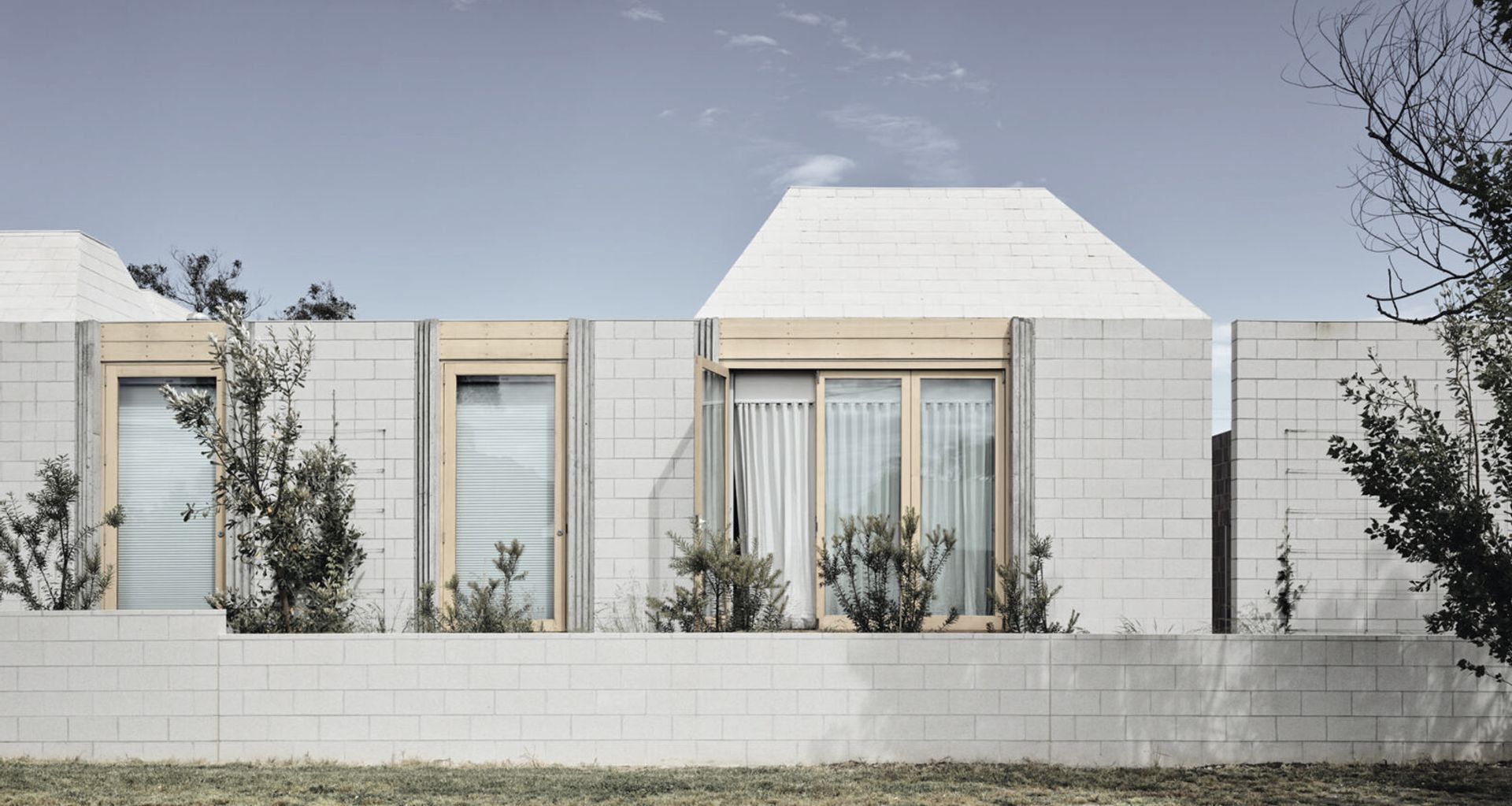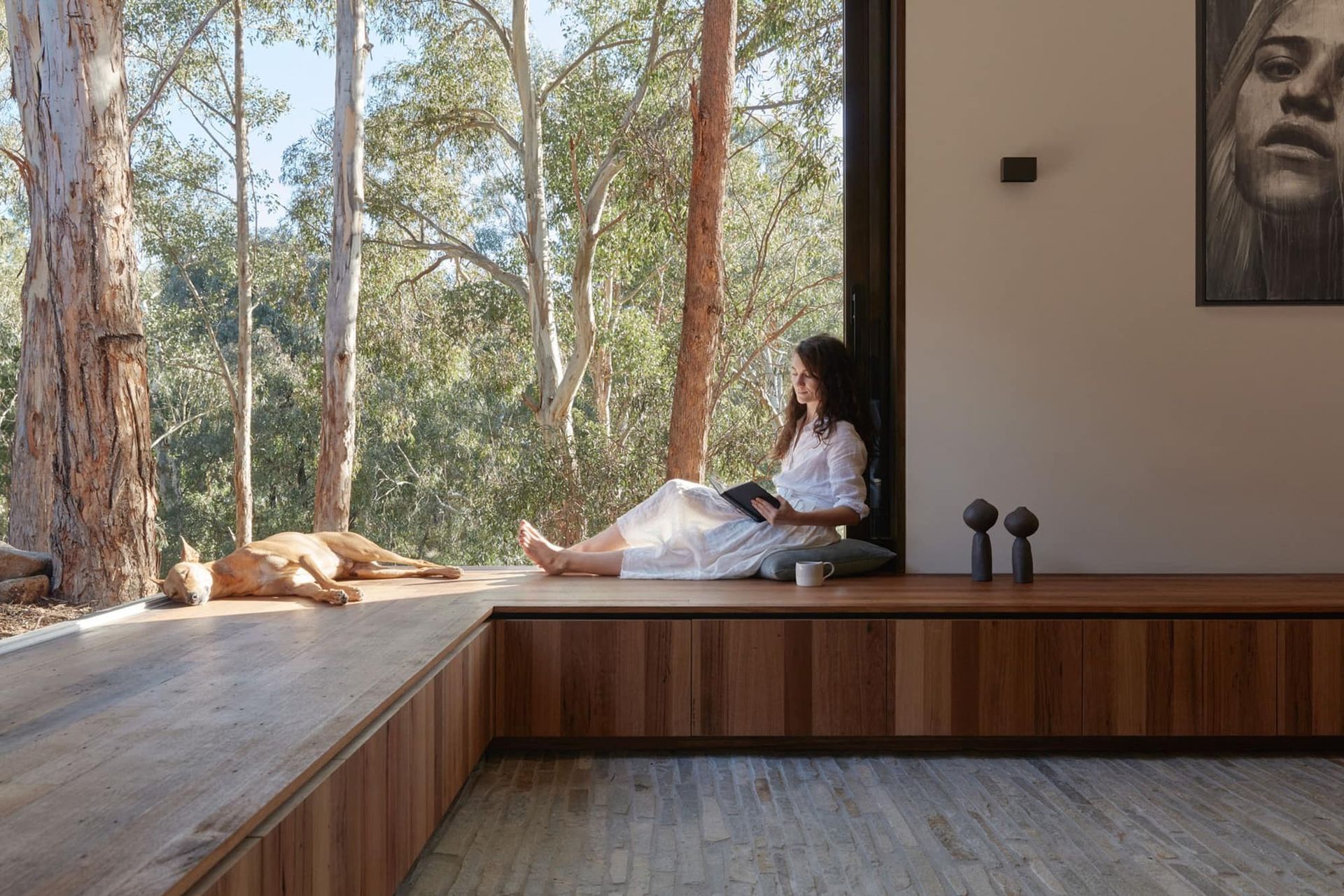Why the building industry needs to rethink its environmental impact
Written by
20 July 2022
•
5 min read

It comes as no surprise that the construction industry poses one of the biggest threats to the environmental future of our planet. It isn’t just the energy consumed during the manufacturing, transport and assembly process; it’s the waste produced from construction and the greenhouse gasses emitted from built environments that also have a negative impact on our ecosystem.
The building industry’s impact on the environment
The 2020 National Waste Report found that Australia’s construction and demolition sector produced a jaw-dropping 27 million tonnes of waste from 2018 to 2019, around 44% of the national waste total.
Another study by the Clean Energy Finance Corporation found up to 10% of Australia’s national greenhouse gas emissions come from embodied emissions – carbon dioxide emissions associated with materials and construction processes throughout the lifecycle of a building or infrastructure project. Furthermore, 28% of emissions come from the building and construction sector globally.
However, the same study also found that sustainability-rated infrastructure projects could achieve a 33% reduction in those emissions.

Dr. Usha Iyer-Raniga, professor of sustainable built environments at RMIT and co-lead of United Nations One Planet Network Sustainable Buildings and Construction Programme, shares some more sobering numbers.
Citing research from the United Nations Environment Program, International Resource Panel and Organisation for Economic Cooperation and Development, Usha says buildings use 40% of the world’s energy and 30% of the world’s water in the process of construction, and create 30% of the waste.
“Once built, buildings and infrastructure can last for 80 or more years, thus the impact is not just in the construction phase, but also in the ongoing operations phase of buildings,” says Usha.

Why building materials matter to the planet
The role of materials used during construction is also important. The use of concrete alone, if continued at current trends, is predicted to contribute 12% of greenhouse gas emissions by 2060.
“We need to find ways we can reduce our impact, not just in the process of construction but in the ongoing operations of buildings and infrastructure,” Usha says. “We need to find new ways of reusing materials in buildings, so we aren’t reliant on using virgin resources forever as this will put current and future generations in jeopardy.”
So, what’s being done to minimise our impact on the earth?
Before we construct something new, we can ask ‘is there anything that can be adapted or lying derelict that can be used again?’
While the National Construction Code has now mandated 7-star requirements for new residential builds to improve energy efficiency, it doesn’t necessarily improve the proportion of operation versus embodied energy used over the lifetime of a structure. According to Usha, we need to rethink how we handle deconstruction of the built environment and how we can better reuse existing materials.
The solution is to replace our current practise of taking from the planet to make consumables that are then disposed of, with a circular economy. A circular economy facilitates the recycling and reuse of materials and structures to reduce waste, recognises our biophysical planetary boundaries, and supports planetary regeneration where possible.
“When this is translated to the built environment, there are a number of things that we can do,” says Usha. “We can plan, design, build, operate and deconstruct creatively, focusing on product and material use and reuse.”

A more sustainable future
An initiative that shares this goal is the One Planet Network Sustainable Buildings and Construction Programme, which aims to improve knowledge of sustainable construction and to support and mainstream sustainable building solutions.
“We are essentially looking at ways in which we can improve our knowledge of sustainable buildings and construction so that we can eventually mainstream such practices,” says Usha of the program. “We have worked on tools, launched implementation projects, shared good practices, created networks and brought actors together to support and build momentum for sustainable construction.”
We can plan, design, build, operate and deconstruct creatively, focusing on product and material use and reuse.
If a building is deconstructed properly, a brick can be reused again and again in its second and third life, rather than using a brick made from virgin resources, Usha explains.
“Similarly, we can use doors and window frames and other building parts when we are building new, renovating or refurbishing buildings,” says Usha. “Another great example we see are buildings being readapted for use, such as old warehouses being constructed into apartments, but this is not always the case.”
Usha says this is something particularly relevant to Australia’s current situation.
“We have some issues around affordable housing, our cities are becoming too big and are putting pressure on mobility, we have supply chain problems in building and construction, but also in other goods and food, which ends up putting pressure not only on the cost but on the environment that is already so vulnerable,” she says. “We are seeing the impacts of climate change here in Australia; it is therefore critical for us to consider the importance of change now, rather than leaving it to politicians and political cycles.”
Want to live more sustainably? Learn how energy independence can future-proof your home.